70 Years of Liberation, 30 Years into the Future
The Road to Reconciliation and
Cooperation
Uncovering the historical truth is key to the peace and prosperity of Northeast Asia.
The Truth Behind “Comfort Women”
“Comfort women” refers to the women and girls who were forced into sexual slavery at “comfort stations” established by the Imperial Japanese Army. The first “comfort station” was established in 1932, mobilizing the women of colonies and occupied territories.
The “comfort women” atrocity is different from any other wartime sexual violence. It was systematically organized by the Japanese military to force the women of occupied territories to become sex slaves for its soldiers. Such systematically organized forced mobilization and sexual slavery of women by a military is unprecedented in global history.
After it was first established in 1932, the Imperial Japanese Army’s “comfort stations” were installed in various regions across Asia and the Pacific occupied by Japan, including China, Indonesia, Singapore, Papua New Guinea and Guam. Although initially limited to the occupied mainland China in the early 1930’s, “comfort stations” spread throughout Southeast Asia and the Pacific region as the war expanded. The “comfort stations” managed and controlled by the Japanese military were mobilized along with the military units whenever the troops relocated.
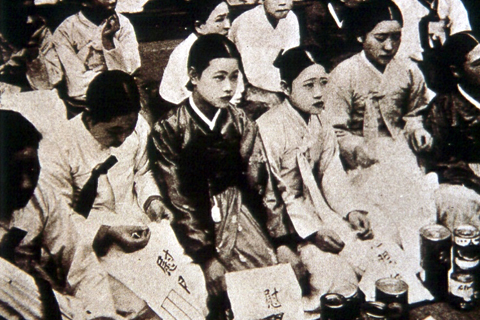
Little girls of Doam-myeon Maidens’ Groups (1945)
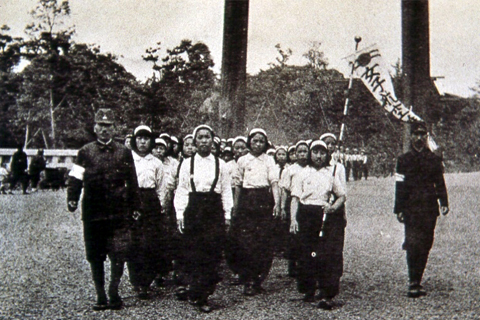
Girls aged between 12 and 16 visiting a shrine before being taken to a comfort station (1944)
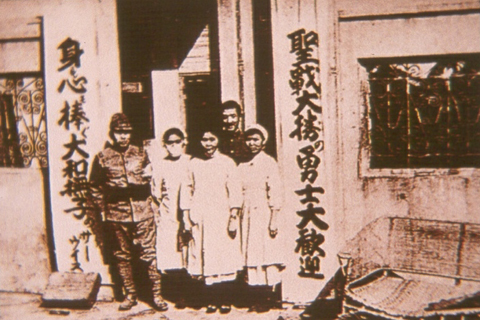
The exterior of the first comfort station in Shanghai
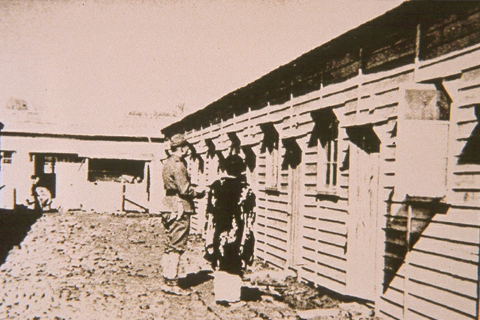
Wooden shacks used as army comfort stations in Shanghai
The women and girls taken to “comfort stations” by the Japanese military ranged from girls in their early teens to married women in their late 20s. Most of them had been kidnapped or abducted by job placement service workers, “comfort station” runners, or forcibly conscripted or seized by the Japanese military or police force. The women were then mobilized overseas on military transports.
In 1956, Lieutenant-General Hiraku Suzuki confessed to kidnapping Korean and Chinese women to force them into sexual slavery as “comfort women” in a handwritten statement during a war crimes trial in China. In July 2007, Takashi Nagase (89), who worked as an interpreter of the Ministry of War of Japan in Kyoto, Japan, said that the “comfort women” from Joseon were all brought there on warships, validating the fact that the Japanese military kidnapped and abducted the “comfort women” victims.
The exact number of women forced into sexual slavery by the Japanese Imperial Army remains unknown as the Japanese government refuses to disclose relevant documents. Experts estimate the number to have reached around 200,000.
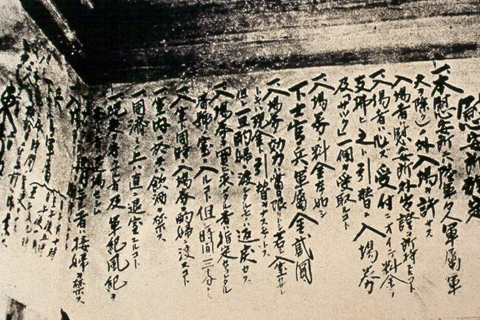
Comfort station rules issued by the Japanese Imperial Army’s Office of Logistics (1938)
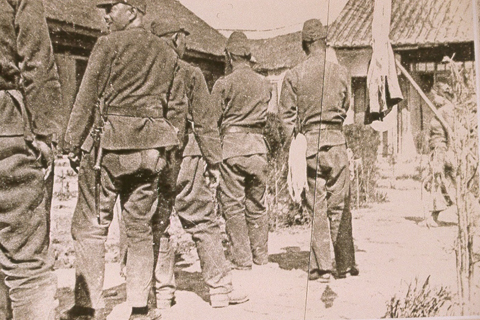
Japanese soldiers waiting in line outside the comfort station
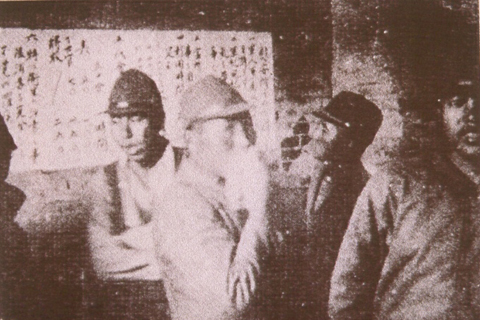
Japanese soldiers waiting in line inside the comfort station
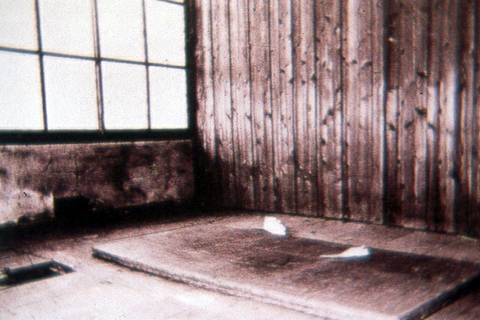
A room used by a “comfort woman”
To the Japanese soldiers, the “comfort women” were simply objects there to satisfy their sexual needs. There was no respect for the sexual slaves’ dignity as human or women. The “comfort women” could not resist the Japanese soldiers forcing sexual activities in any way, and were forced to lay with dozens of men each day. In any case of resistance, the women were subjected to torture including stabbing or cutting from knives or other weapons.
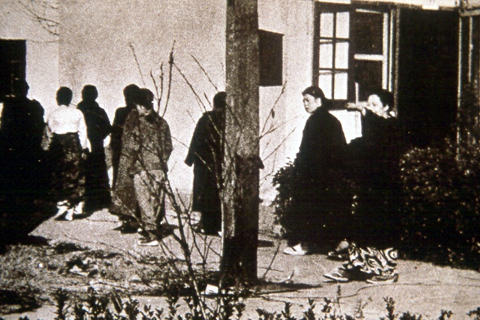
”Comfort women” on their way to a clinic for STD tests
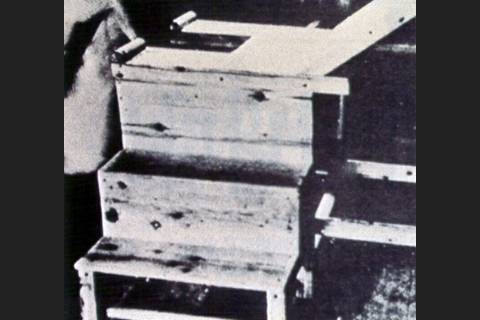
An obstetric examination table
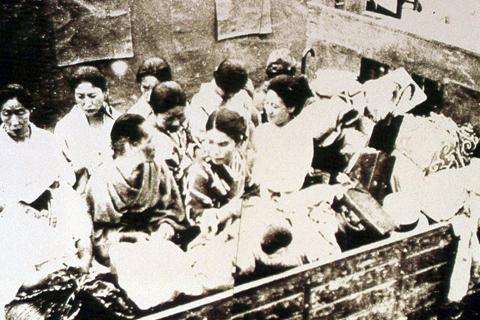
“Comfort women” being mobilized on a Japanese military truck following frontline changes
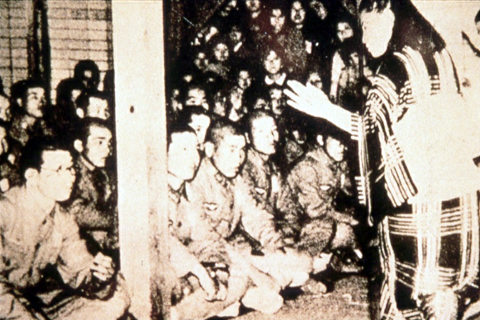
“Comfort women” forced to entertain soldiers at a comfort station
When Japan lost the war, the “comfort women” were abandoned in foreign land. Some of the “comfort women” returned home as the Allied Forces’ prisoners of war or individually. However, the majority gave up on coming home and continued to live in a foreign country with some resorting to taking their own lives.
A different kind of pain awaited the “comfort women” victims at home. They lived in hiding, suffered extreme poverty, and failed to form proper families. Not only that, their experiences as sexual slaves left them both physically and emotionally damaged, leading them to live a painful life of isolation and self-debasement for much too long.
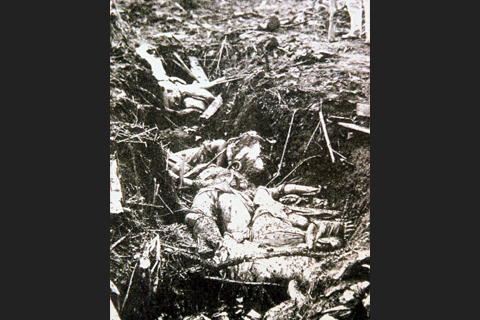
Bodies of “comfort women” slaughtered by the Japanese military (Sep. 1944)
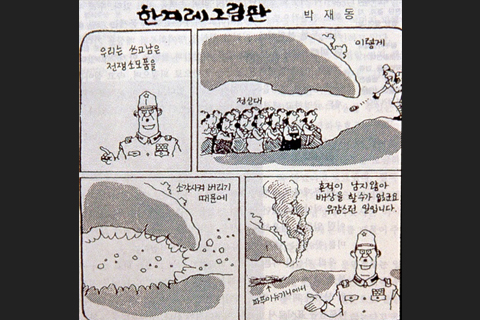
Massacre in Papua New Guinea
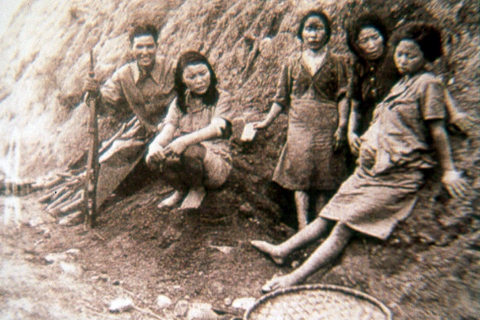
“Comfort women” abandoned after the war
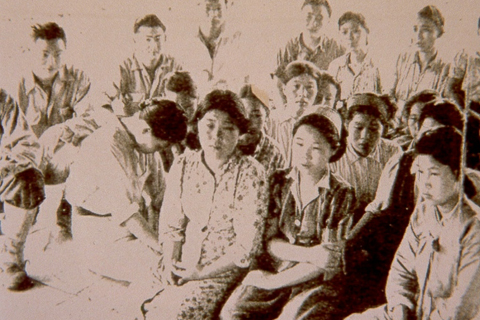
“Comfort women” under protection of the US and Chinese militaries near the China-Myanmar border (Aug. 1944)